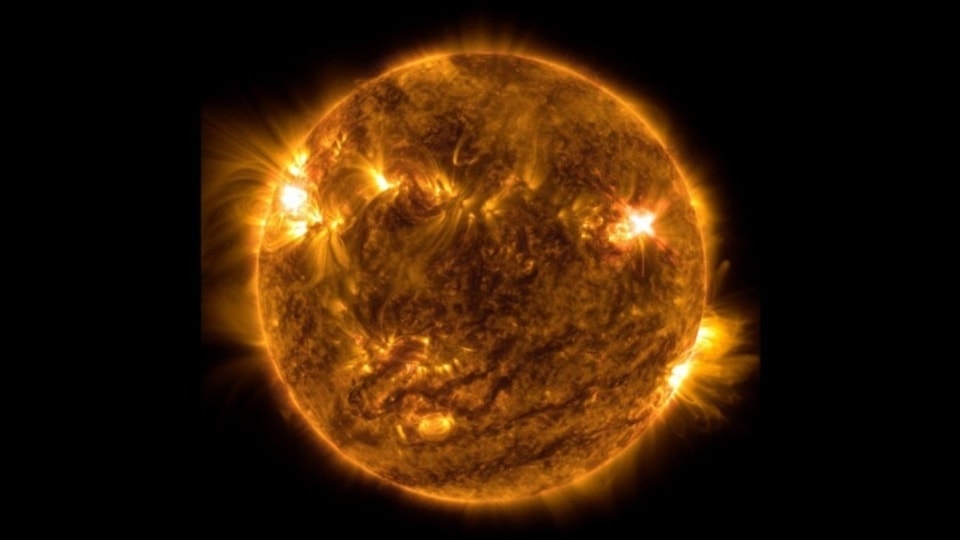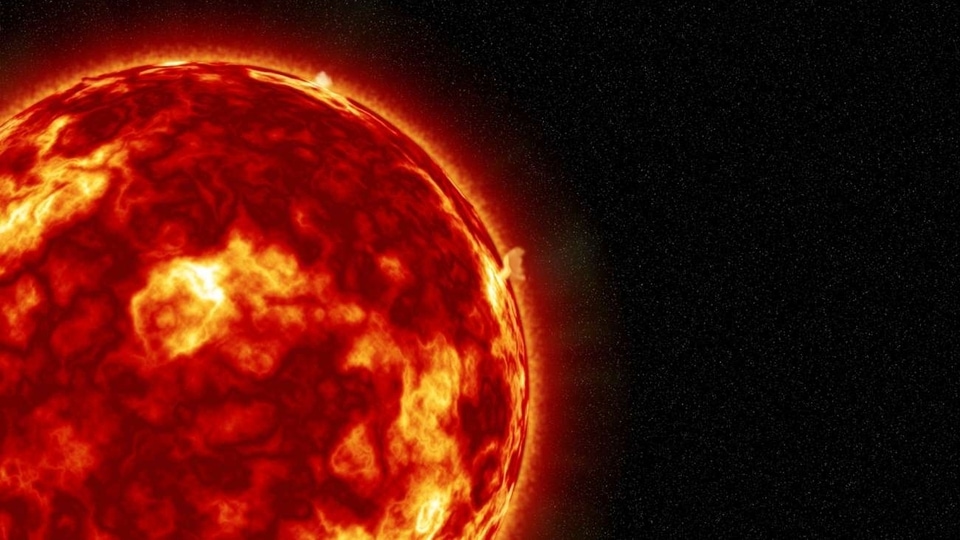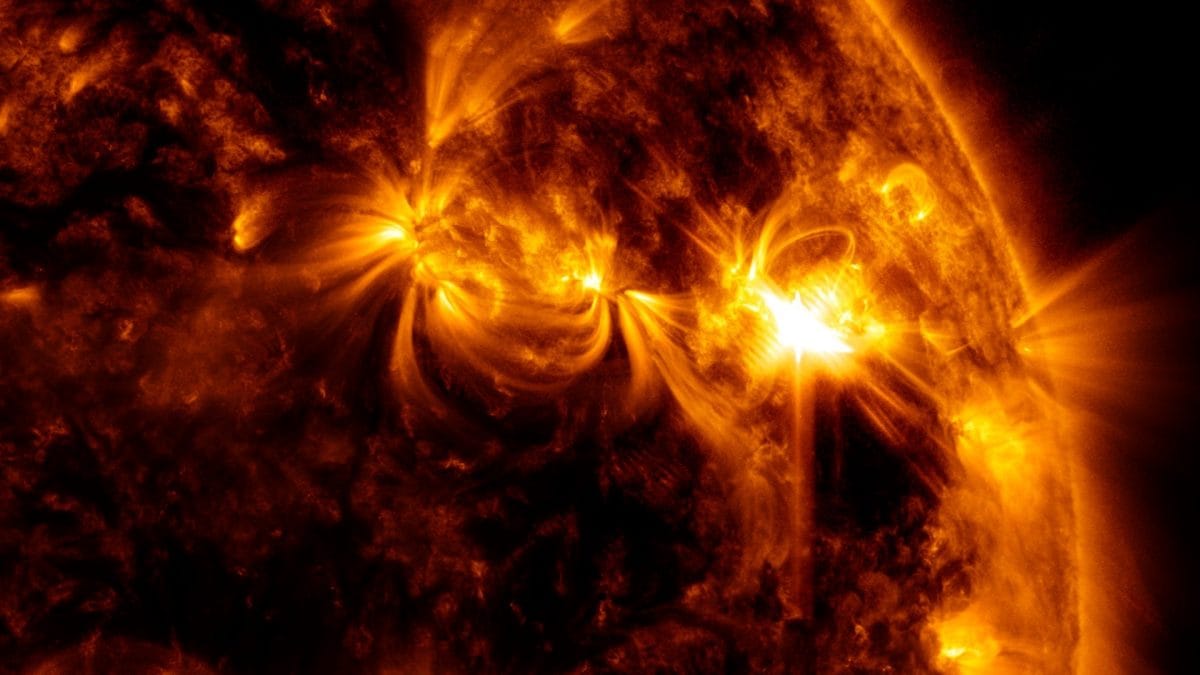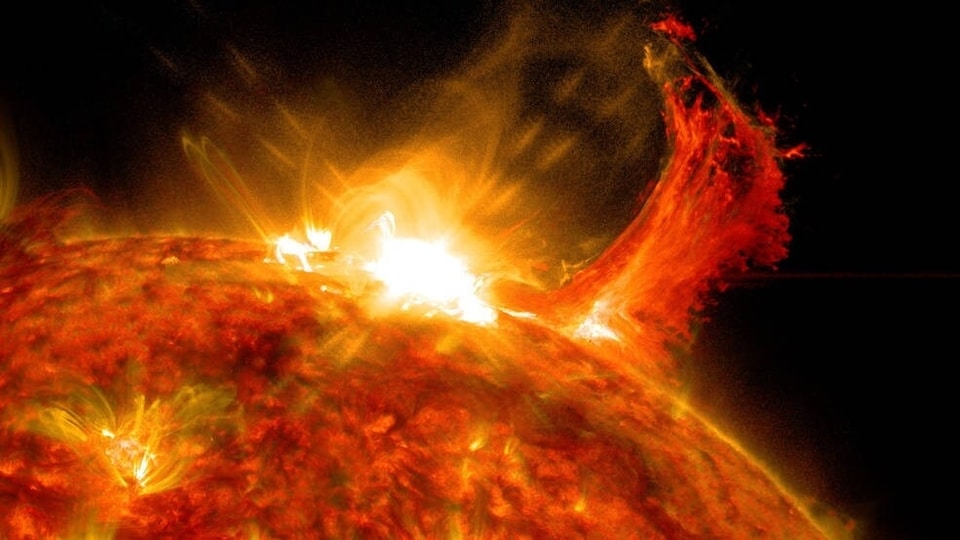Solar flare erupts on Sun, detects NASA; blackouts over Australia, Solar storm likely
A solar flare erupted on the Sun and sparked radio blackouts over the region of Australia and New Zealand. It also raised fears of a solar storm. NASA’s Solar Dynamics Observatory has taken images of this chaotic event.






 View all Images
View all ImagesDespite multiple close calls, we have been quite lucky when it comes to solar storms. Even as multiple solar flares have erupted over the last 10 days, only one released a coronal mass ejection (CME) that made its way to the Earth. However, things can now change with the latest eruption that took place in the sunspot region AR3452. The NASA Solar Dynamics Observatory detected the eruption, and as per reports, it took place on the eastern limb of the Sun. If there was any CME directed towards the Sun, there would be another solar storm event in the next 48 hours.
The official X account of Space Weather Live, a website monitoring solar storms and other space weather-related phenomena, posted about it at 8 AM, today, October 10. The post mentioned, “Moderate M1.61 flare from sunspot region 3452”, highlighting the intensity of the event. NASA also shared a video of the event.
We are now on WhatsApp! Click to join now.
Solar flare explodes, sparks blackouts over Australia
A separate post was also made minutes earlier where it alerted about a “Minor R1 radio blackout in progress” over Australia and New Zealand, as a result of the extreme ultraviolet radiation coming from the solar flare. This shortwave radio blackout persisted for a brief period and might have resulted in communication disruptions for drone pilots, mariners, aviators, and emergency responders. It also remains to be seen if the Earth suffers a solar storm strike from this incident.
Luckily, the eruption occurred on the edge of the eastern limb of the Sun, and as the NASA video shows, any CME impact may fall out of the Earth's strike zone. But nothing can be confirmed before the solar storm forecast models give their predictions. Considering the intensity of the solar flare, it is assumed that even if a solar storm does occur, it will be a minor event.
The tech behind solar observation
While many space agencies from NASA with its Solar Dynamics Observatory (SDO) to the National Oceanic and Atmospheric Administration (NOAA) keep track of Sun-based weather phenomena, one that particularly stands out is the DSCOVR satellite by NOAA. The satellite became operational in 2016 and tracks different measurements of the Sun and its atmosphere including temperature, speed, density, degree of orientation, and frequency of the solar particles. The recovered data is then run through the Space Weather Prediction Center and the final analysis is prepared.
One more thing! HT Tech is now on WhatsApp Channels! Follow us by clicking the link so you never miss any updates from the world of technology. Click here to join now!
Catch all the Latest Tech News, Mobile News, Laptop News, Gaming news, Wearables News , How To News, also keep up with us on Whatsapp channel,Twitter, Facebook, Google News, and Instagram. For our latest videos, subscribe to our YouTube channel.
































